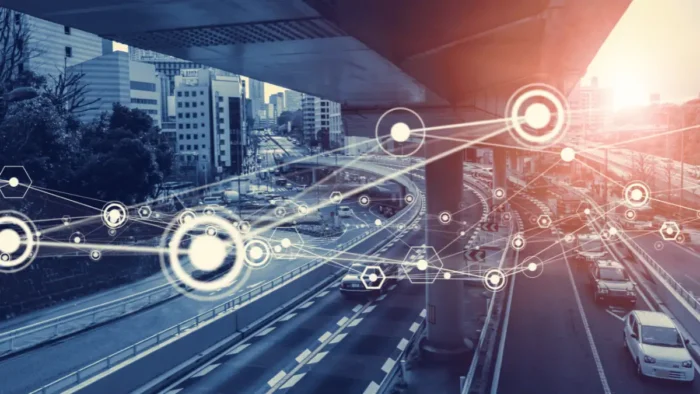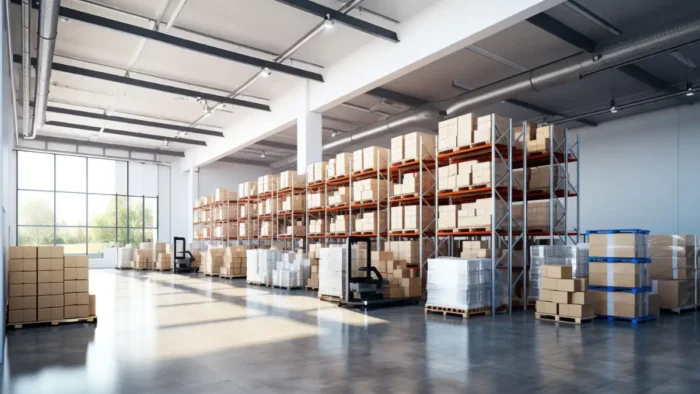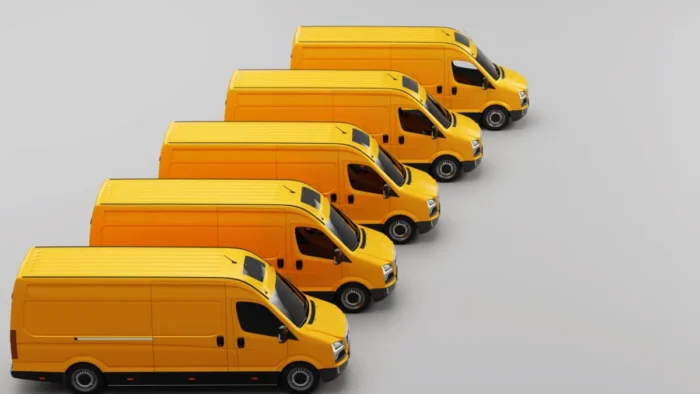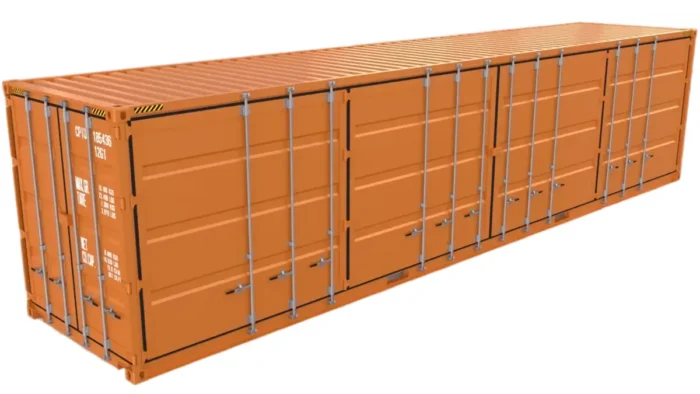Since the introduction of new technologies in the transportation industry, transit agencies have found new ways to improve the experience of riders on their services. Much of this is thanks to the intelligent transport systems (ITS) you can now implement in your transit agency.
But how do they help enhance riders’ journeys? Read on to find out…
1. Improved meeting of rider demand
You can incorporate ITS to help you more effectively meet rider demand across your transport network.
The systems can detect areas of unmet demand or transportation gaps where not only are you potentially missing out on revenue, but riders are not able to access your services easily.
The ITS can offer suggestions for new routes, for example, to help ensure your services are filling these gaps and allowing more riders to have access to your services without hassle.
2. Smoother journeys
ITS can also help create smoother journeys for riders. For one, you can implement real-time vehicle monitoring to relay positional information for your vehicles in real-time.
This can help your ITS detect any instances where a re-routing of your vehicle can help the driver complete the journey more efficiently. This could be due to things such as traffic, delays, or road closures.
This enables your riders to have a smoother experience where they reach their destinations faster with fewer disruptions.
3. Real-time passenger information
ITS can also provide real-time passenger information (RTPI) where your riders can see the predicted arrival times of each vehicle at a stop and the routes they’re taking.
This can help avoid riders being clueless about when the next vehicle they need will arrive and how long their journey will take in total.
Also, riders are kept informed of any changes, delays, or disruptions in real-time, which further increases the accuracy of their journey planning when riding with your network.
4. Optimal flow of vehicles
You can also use ITS to make sure you have an optimal flow of vehicles at each stop. This means having each vehicle arrive at the right time, where it’s not too near or too far from other arrivals.
If riders are waiting too long for a vehicle, not only can this be frustrating, but it can also lead to a larger build-up of passengers at one stop, making the next journey extremely busy. Some riders may even have to miss the vehicle due to it being at full capacity.
With a more efficient flow of vehicles, rider demand at each stop can be met more effectively.
5. Faster prediction and resolution of issues
ITS can also help command centers identify any issues that have or are predicted to arise.
For instance, you can be notified if a ticket validator machine is about to break or whether other equipment on board a vehicle is faulty.
As a result, you can have a replacement or repair service sent immediately to the vehicle, which will keep disruption and delays to the journey as minimal as possible, much to the riders’ satisfaction.
Conclusion
These are merely a few of the many ways ITS can significantly improve your riders’ journeys. As technology continues to advance in the transport industry, it’s likely these ITSs will also develop to provide even further improvements to how you can run your transit operations.





